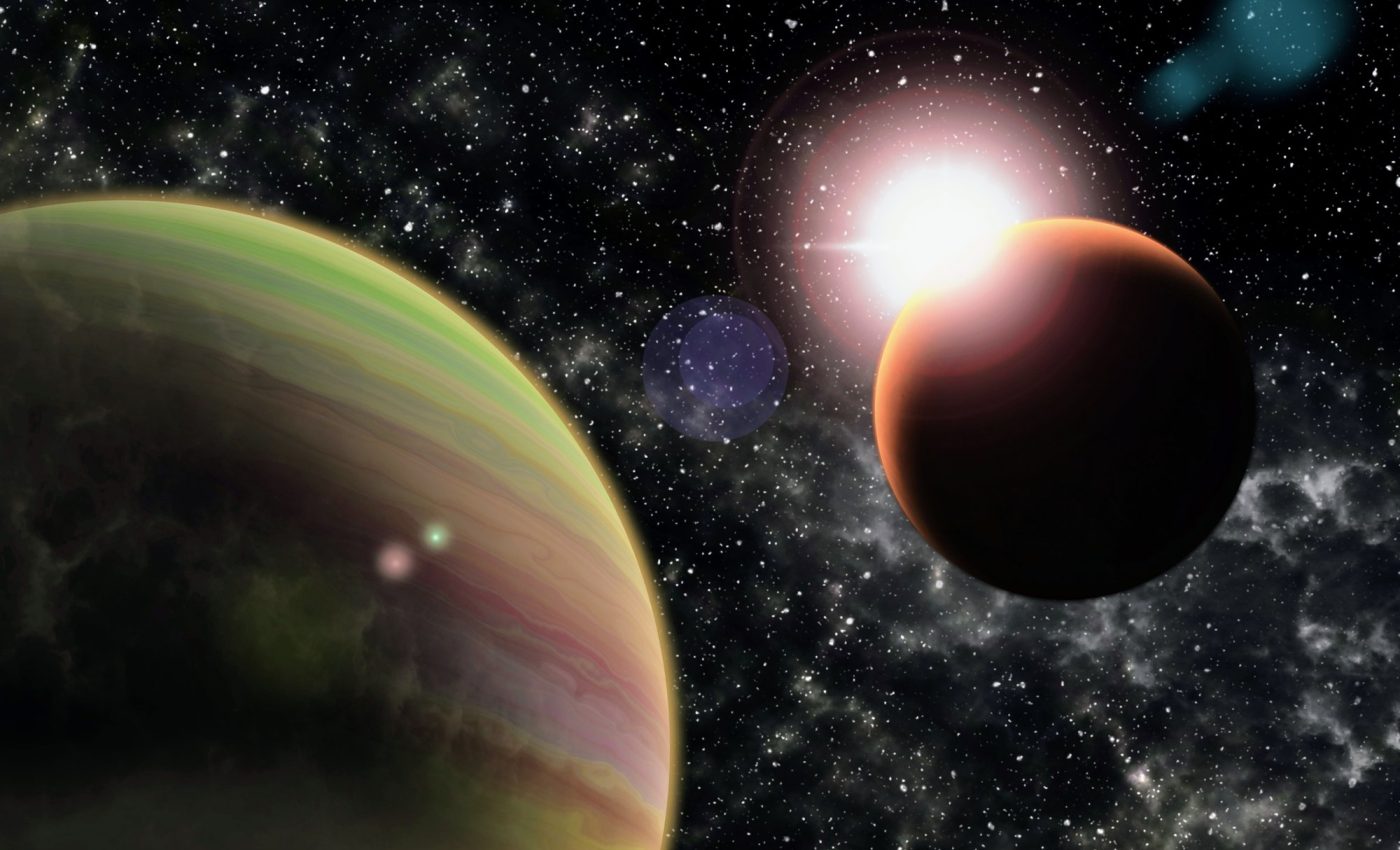
Searching for habitable planets by measuring stars' radiation levels
Astronomers are on a quest to determine whether nearby stars could host habitable exoplanets by analyzing their radiation emissions.
Using NASA’s Chandra X-ray Observatory and ESA’s XMM-Newton, researchers aim to identify stars that emit levels of radiation conducive to life as we know it.
This research is crucial for guiding observations with next-generation telescopes that will capture images of Earth-like planets.
Examining nearby stars for habitability
A team of researchers has studied stars close enough to Earth that future telescopes could capture images of planets in their habitable zones. These zones are defined as regions where planets could have liquid water on their surfaces.
While images of these planets will appear as single points of light, their spectra – the light at different wavelengths – will provide vital information about their surface compositions and atmospheres.
A key factor in determining a planet’s habitability is the amount of harmful X-rays and ultraviolet light it receives from its host star, which can damage or strip away its atmosphere.
Importance of X-ray characterization
“Without characterizing X-rays from its host star, we would be missing a key element on whether a planet is truly habitable or not,” explained Breanna Binder of California State Polytechnic University in Pomona, who led the study. “We need to look at what kind of X-ray doses these planets are receiving.”
The team started with a list of stars close enough to Earth for future telescopes to image planets within their habitable zones. These telescopes include the Habitable Worlds Observatory and extremely large ground-based telescopes.
Based on X-ray observations from Chandra and XMM-Newton, the researchers evaluated which stars could host planets with conditions suitable for life.
The experts analyzed the brightness, energy, and variability of the stars’ X-ray emissions, such as flares. Brighter and more energetic X-rays can cause significant damage to the atmospheres of orbiting planets.
“The research team examined which stars could have hospitable conditions on orbiting planets for life to form and prosper,” noted NASA.
Promising stars for habitable planets
“We have identified stars where the habitable zone’s X-ray radiation environment is similar to or even milder than the one in which Earth evolved,” said Sarah Peacock, a co-author of the study from the University of Maryland, Baltimore County. “Such conditions may play a key role in sustaining a rich atmosphere like the one found on Earth.”
The team used archival data from nearly 10 days of Chandra observations and about 26 days of XMM-Newton observations to study the X-ray behavior of 57 nearby stars, some of which have known planets.
Most of these planets are gas giants like Jupiter, Saturn, or Neptune, while only a few are less than twice the mass of Earth.
There are likely many more planets, especially Earth-sized ones, orbiting the stars in the sample that remain undetected.
Transit studies, which detect tiny dips in light when planets pass in front of their stars, miss many planets due to the required special geometry. Only one exoplanet in the sample was detected through transits.
Refining the search for Earth-like planets
The primary technique for detecting planets involves observing the wobbling of a star caused by orbiting planets, mainly effective for finding giant planets close to their stars.
“We don’t know how many planets similar to Earth will be discovered with the next generation of telescopes,” said study co-author Edward Schwieterman of UC Riverside. “But we do know that observing time on them will be precious and extremely difficult to obtain.”
“These X-ray data are helping to refine and prioritize the list of targets and may allow the first image of a planet similar to Earth to be obtained more quickly.”
The research is paving the way for future discoveries of potentially habitable exoplanets, bringing us closer to answering the age-old question of whether we are alone in the universe.
The results of the study were presented at the 244th meeting of the American Astronomical Society in Madison, Wisconsin.
—–
Like what you read? Subscribe to our newsletter for engaging articles, exclusive content, and the latest updates.
Check us out on EarthSnap, a free app brought to you by Eric Ralls and Earth.com.
—–













